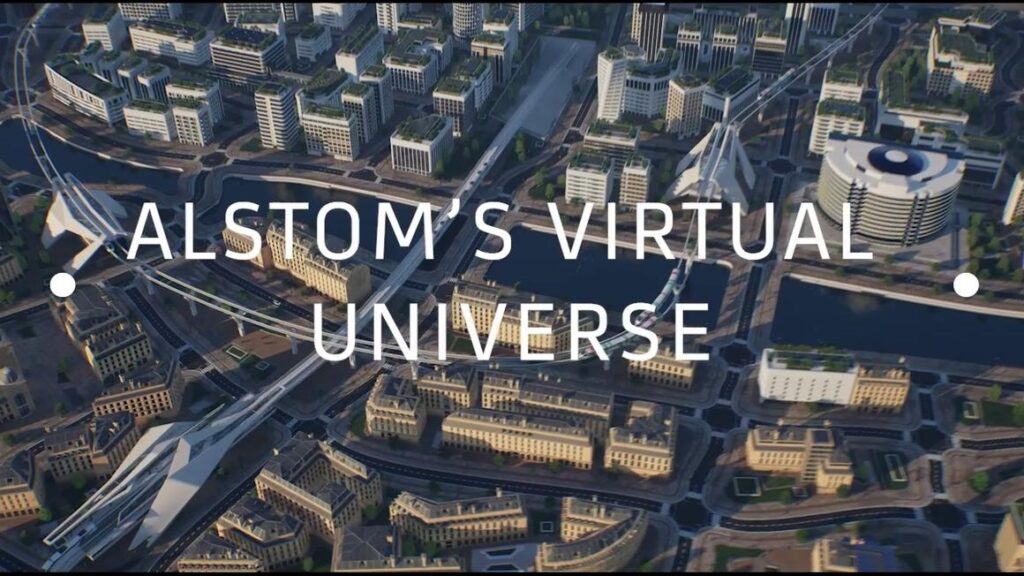Game environment design is a vital component of game development that requires expertise, knowledge, and talent. It involves creating a virtual, immersive world that can either engage players or jolt them out of the experience. Game environment design starts with conceptualization, and game designers and artists ideate and lay out the geography of the game world, its style, and mood. With specialized software such as Unity and tools such as voxel-based, level designers create complex environments. After artists create assets such as buildings, textures, fauna, and flora, refined testing starts with adjustments in sound effects, lighting, and other elements to produce a polished end product.
Introduction:
In the world of gaming, the environment can make or break a player’s experience. That’s why game developers put in a lot of effort into creating immersive virtual worlds that captivate their audience. Game environment design is a crucial part of game development that requires talent, knowledge, and skills. In this article, we will be exploring what goes into making virtual game environments come to life.
Creating Game Environments:
Game environment design involves the creation of the physical and digital world that players interact with. This includes everything from the terrain, buildings, and interactive elements to lighting, sound, and special effects. A good game environment can make players feel like they have stepped into another world, while a bad one can be unrealistic and disorienting.
Tools and Methods:
Game environment creation is a highly technical process that requires the use of specialized software and tools. In modern game development, game engines such as Unity and Unreal Engine 4 have become popular due to their powerful tools for creating environments. Within these engines, designers can use various construction methods such as voxel-based or spline-based methods. These methods allow level designers to create complex environments with ease.
Another important aspect of game environment design is the use of terrain generation software. Procedural generation software allows designers to quickly create vast landscapes with realistic terrain features such as mountains, rivers, and forests. Programs like World Machine and Gaia are popular among game designers for this purpose.
Design Process:
The game environment creation process begins with conceptualization. During this stage, game designers and artists come up with ideas for the environment, such as its theme, style, and mood. They decide on the geography of the game world, the weather systems, and the time of day.
Once they have a concept in mind, level designers create a rough layout of the environment using 2D sketches or 3D models. This layout serves as a guide for the placement of buildings and other elements.
Artists are then brought in to create assets such as buildings, flora, and fauna. These assets are used to populate the game world, giving it a lived-in feel. Textures are also created during this stage, giving assets a realistic appearance.
After the assets have been created, they are placed within the environment. This process involves the use of level editors and other software tools to place buildings, terrain, and other features in the game environment.
Testing and Refining:
After the environment has been fully built, game developers test it thoroughly to ensure that it meets their standards. They test the game in various configurations to ensure that it runs smoothly and without bugs.
Once testing is complete, the game environment is refined. This means adjusting the lighting, sound effects, and other elements to create a polished end product.
Conclusion:
Game environment design is a critical part of game development that requires talent, knowledge, and skill. Creating virtual worlds that can transport players to another world is no small feat. It involves the use of specialized software tools, artists, and level designers to create environments that are immersive and believable. By following best practices and a rigorous design process, game designers can create game environments that will captivate players and bring their virtual worlds to life.
